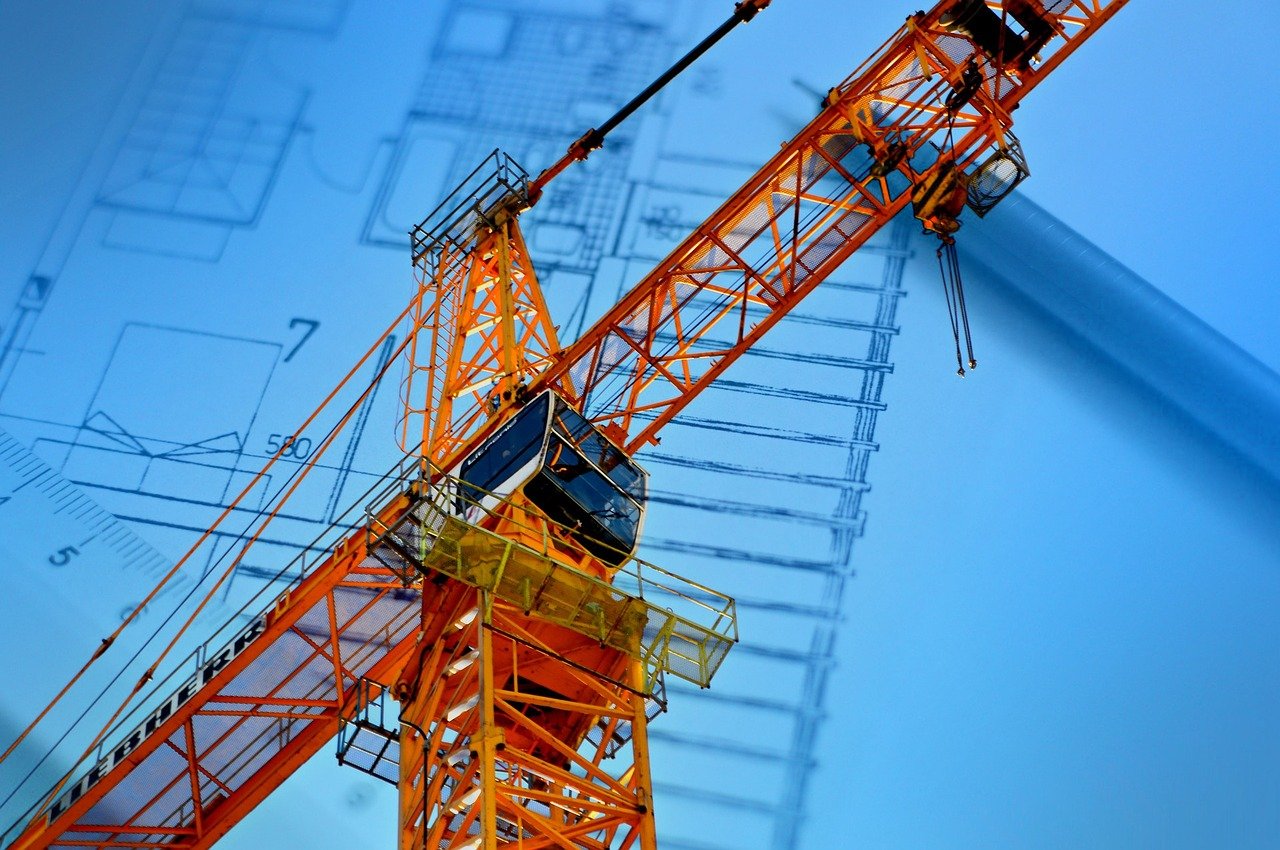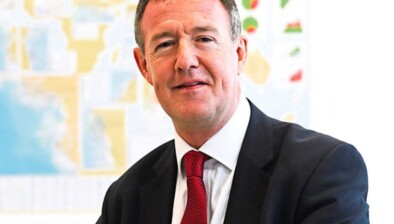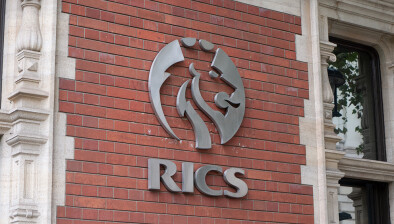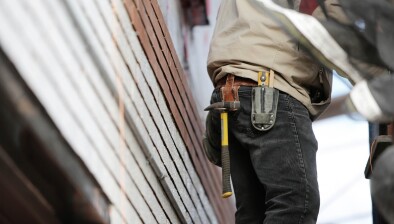Construction workloads expected to remain positive over next year
Construction experts across the United Kingdom have painted a positive picture for the industry over the next year with strong levels of activity expected despite mounting concerns around sourcing materials and labour.

In terms of workloads for Q4 2021, +33% of respondents to the latest RICS construction survey said they continued to see increases in demand for construction work (the same level as reported in Q3). New infrastructure projects are seen to be behind much of the increase in workloads, with a net balance of +40% - with energy developments particularly leading the way. Elsewhere the private housing sector also continued to show solid momentum with a net balance of +37% of respondents reporting new works in this area.
Looking to the year ahead, expectations of upcoming workloads edged up to a net balance of +45%. Infrastructure continues to be viewed as likely to lead the sector but both the private residential and non-residential works are anticipated as also delivering strong growth in output. The government’s newly announced ‘Levelling Up’ white paper, which sets out how billions in funding will be allocated toward regenerating towns and cities across the UK, could also support construction workloads through new infrastructure, housing and non-residential works.
Business enquiries were still firm in the final quarter (+37% in Q4 2021) which is also consistent with a more upbeat outlook for activity looking out over the next twelve months. Additionally, +10% of respondents also said profit margins are now anticipated to increase over the course of 2022 compared with just +2% in the last survey – which reflects the upbeat picture of the year ahead.
Despite the positive picture, concerns around the availability of materials (84%) and labour (77%) suggested these problems continue to dominate the UK construction sector – with factors like Brexit and the ongoing COVID-19 pandemic giving building firms a headache.
In terms of skilled labourers, 65% of respondents saying they had difficulties finding bricklayers and carpenters to deliver projects (although this was slightly less apparent for other skilled trades like plasterers and electricians). That said, the estimate for material costs is expected to jump by a further 9% over the period in question with skilled labour costs rising by more than 7% and unskilled costs by between 5 and 6%.
Simon Rubinsohn, RICS chief economist, said: “There is clearly an upbeat tone to the feedback received from across the construction industry. However, the concerns around labour and in particular, skilled labour are just not going away.
“The long-term fix is to attract more younger people to the sector but that may be insufficient to address the immediate problem which significantly, is being reflected in expectations for a sharp uplift in wage costs over the next year.
“The presumption from professionals working in the industry is that this rise in pay will help provide a short-term fix as the strong projections for activity through the course in 2022 are premised on a further rise in headcount.”
Bradley Tully, senior public affairs officer at RICS, said: “The levelling-up agenda offers important opportunities for the construction sector to play a vital role in transforming areas that are in need of regeneration, and to demonstrate the power of the built environment in tackling inequalities.
“In order to create thriving places where people can live and work, we are clear that the levelling-up agenda must be underpinned by a reformed planning system that offers greater certainty, provides for sufficient local accountability and allows for the timely delivery of vital social infrastructure.”

















